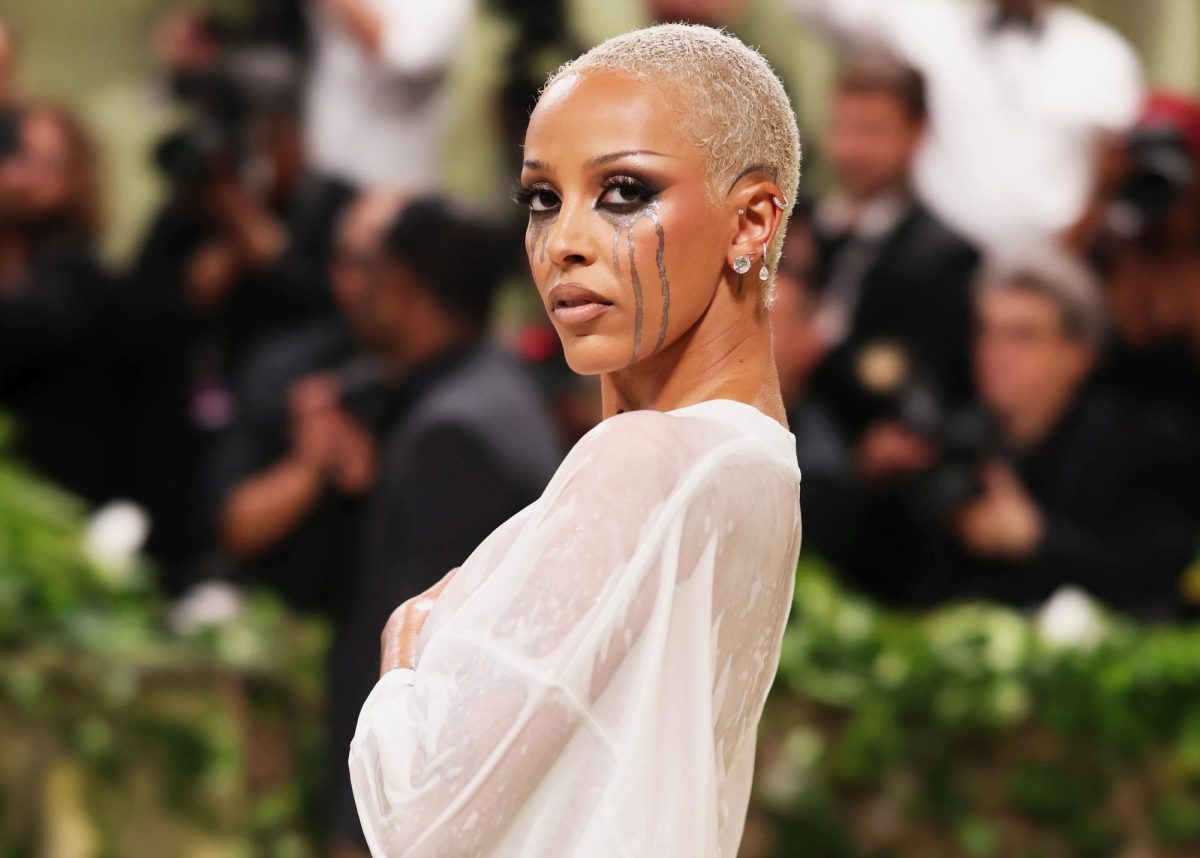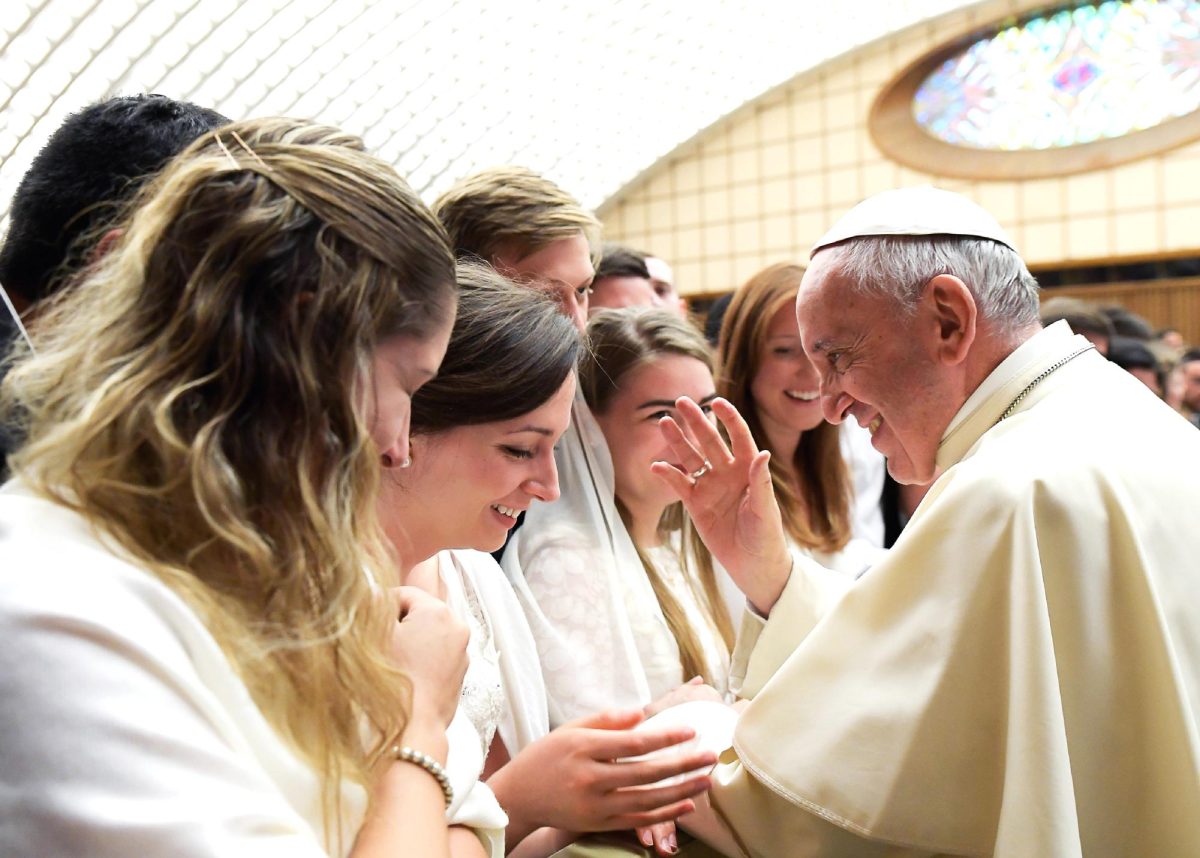Zendaya strides in with a stunning, glittering blue gown. Cardi B’s glamorous dress floods the ground like a dark, rolling storm. Doja Cat struts in with … a wet T-shirt? You’ve just tuned in to Vogue’s live stream of the Met Gala. Anna Wintour, the editor-in-chief of Vogue, hosts this event every May to raise money for the Metropolitan Museum of Art’s Costume Institute, which is located in New York. Each year, celebrities and designers flock to the event to show off their outfits and socialize with other high-profile stars. Their outfits are also supposed to fit a theme ranging from “Camp” in 2019 to “The Garden of Time” this year. Despite these exciting features, the Met Gala shouldn’t be supported, as its purpose for charity has been dulled by the focus on celebrities’ wealth and prestige.
Year after year, celebrities’ superficial interpretations of the Met Gala dress code and theme continue to disappoint spectators. With “The Garden of Time” as the dress code, people expected Met Gala guests to show up with unique ideas of the renewing cycle of life and the fleeting nature of time. Many celebrities, however, showed up in outfits that didn’t seem to resemble the dress code at all, with some participants wearing basic suits or gowns. While designers were given a chance to showcase their art, the simplicity of the celebrities’ interpretations didn’t meet the standards of many viewers, nor did it inspire others.
The theme, additionally, was more complex than just “nature.” It was based on J.G. Ballard’s 1962 short story “The Garden of Time”that tells the story of a wealthy couple holding off the approach of a mob by using time-manipulating flowers. When they finally run out of flowers, the couple meets their demise. The story, seen as a critique of the wealthy and capitalism as a whole, is ironic, considering the stars of the Met Gala are incredibly rich.
Maura Hatala (I), whose Senior Capstone relates to women’s fashion, comments, “Most people ignored the commentary on consumerism [in the theme] and just went straight for nature, and everybody was wearing flowers and greenery.”
When celebrities do not engage in the deeper social commentary present in the theme, it becomes clear that the ostensible purpose of the gala, to spark intellectual curiosity and showcase art, is secondary to celebrity worship.
One of the Met Gala’s supposed goals is to open up opportunities for new designers to display their talents. Unfortunately, because designers attract celebrities to wear their designs by offering free tickets, smaller designers who cannot afford this cost are not able to present their work. The result is that most brands in the gala are already well-established, such as Gucci and Valentino. Thus, smaller designers who were supposed to be highlighted at this event thus do not get the necessary attention and popularity to succeed in the industry.
Since the Met’s Costume Institute also needs the money earned from the gala to fund its operations, it excuses the controversial behaviors of the attendees, ranging from dating scandals to acts of racism, in order to keep them attending. While the gala does raise huge amounts of money, its focus has gradually dropped away from protecting fashion’s past.
BLS history teacher Mr. Dominic Rinaldi says, “To go rogue simply to call more attention to one’s own brands seems a bit disingenuous and distracts away from what the purpose is.” Its lavish veil muffles the sincerity of honoring and preserving fashion’s history.
Some may argue that the Met Gala works well because it takes money from the rich under the guise of being charitable and uses fans’ devotion to celebrities to spread awareness of the Institute’s collections. While supporting fashion institutes is important, more pressing issues, such as poverty and disease, exist in the world that deserve as big of a platform. Too often, similar galas and events trying to raise money for these causes are overpowered by the Met Gala.
It is vital to understand that fans and viewers have the power to change where fame and attention are directed and can opt to support more deserving causes. Mr. Rinaldi adds, “We need to ultimately break the cycle, but as long as we continue to consume the product, it’s never done.”
Although it is tempting to continue following the Met Gala, people should focus on charities that impact the world more substantially. This is the difference between stuffing cash into an already-rich organization and saving lives across the globe.








